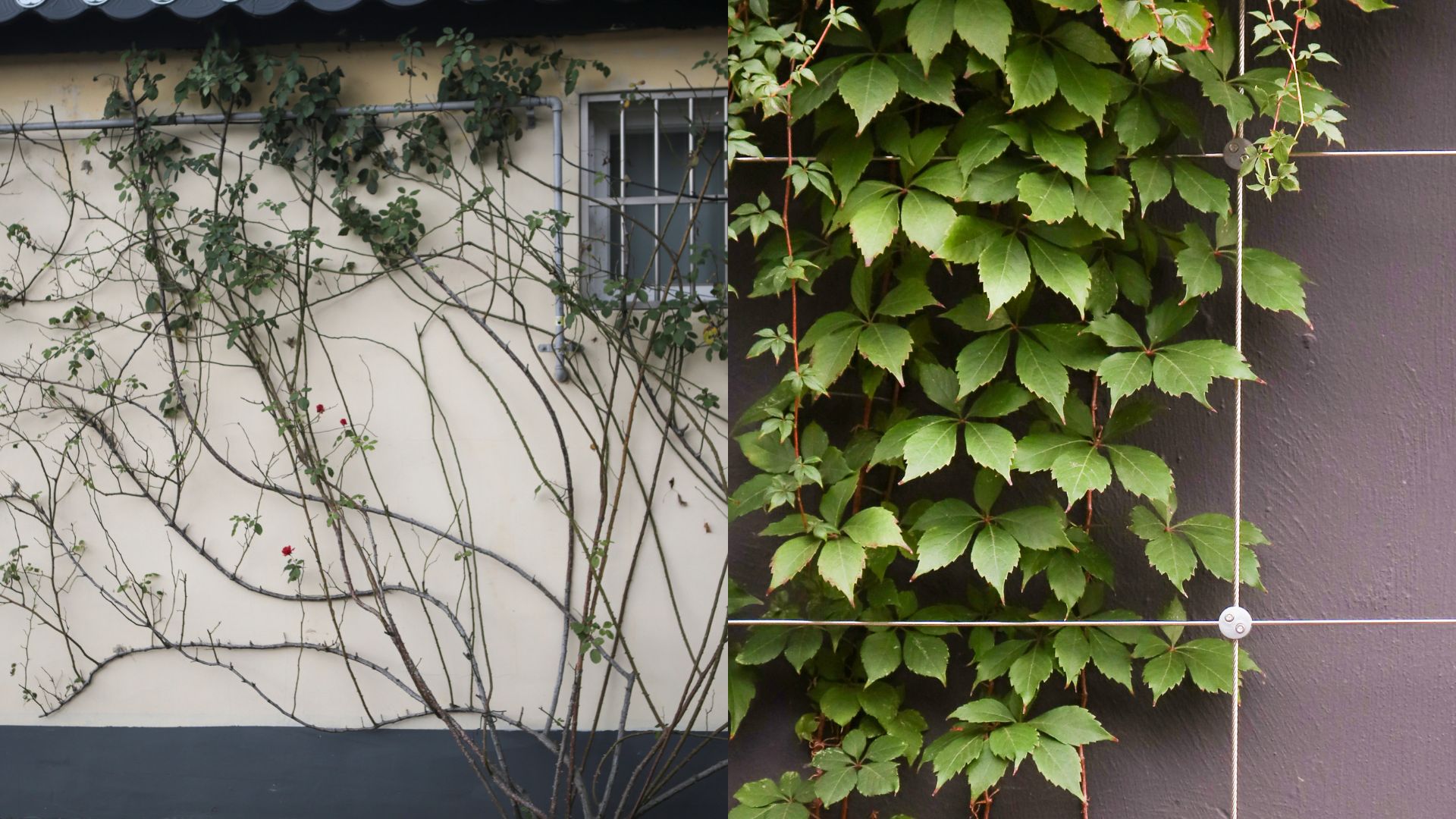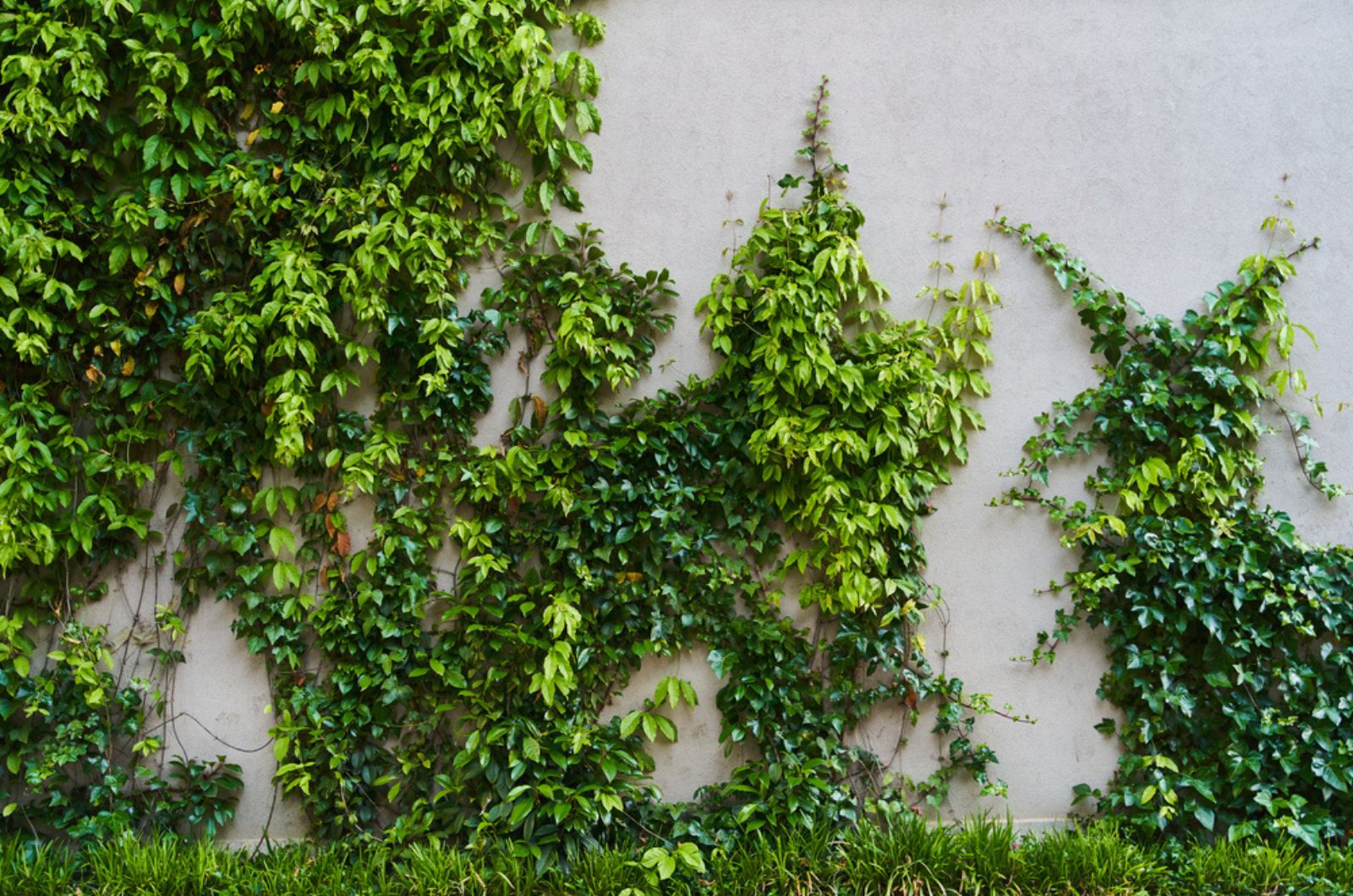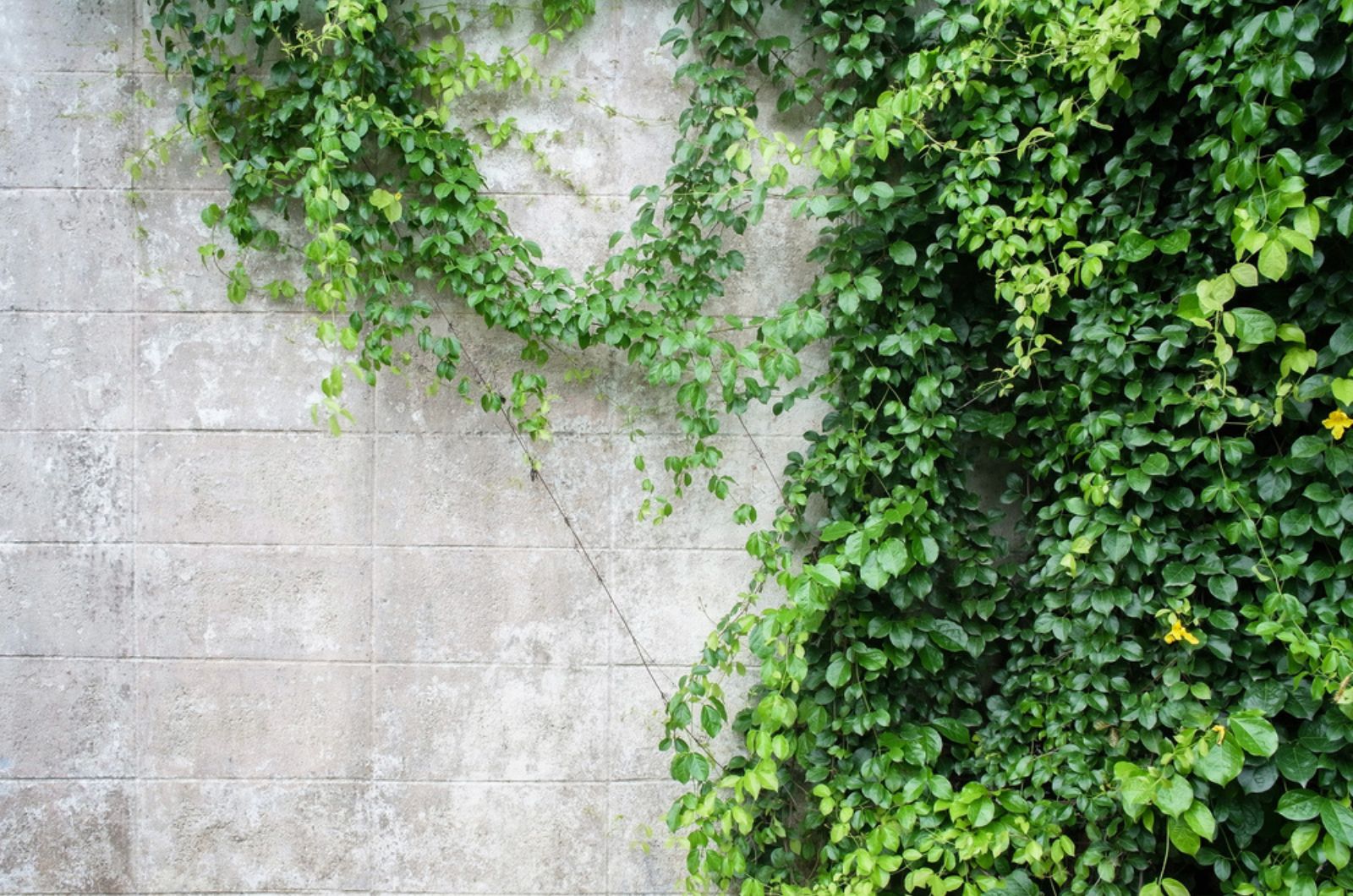Vines creeping up your house might seem charming and romantic, but there’s more to the story.
Although they come with benefits such as sun protection and privacy, these aesthetic vines can be damaging to your home. From cracking the walls to attracting all sorts of bugs and rodents, these vines can transform your home into a house of horror!
So, if you are thinking about letting those climbers spread all over your house, nip that thought in the bud, just like you should the vines!
In this article, we are going to talk more about how vines can be damaging to your home, so keep reading!
Possible Damage
Although vines are fragile climbing plants that might seem harmless, they can do a lot of damage to wood, vinyl, or stucco exteriors (some might even damage bricks!). These include vines like Boston ivy, Virginia creeper, English ivy, and so on.
They produce tendrils which they use to attach themselves to walls. As they grow, they become heavy, which might result in cracking.
These types of plants can trap moisture, especially if you are growing them in shade. They grow up and under siding panels or wood slats, entrapping moisture that can eventually lead to mold and damage.
Vines also produce lush foliage that attracts a lot of unwanted guests such as insects and rodents. Ants use them to find their way to higher floors, while rodents try to find weaker spots where they can enter your house from outside.
There are all sorts of troubles that remain hidden. Some minor damage may go unnoticed because the vine just keeps on growing. Plus, you might not even notice a squirrel invasion!
To make things worse, the vines can start competing for nutrients and water with the rest of the plants in your garden. If they grow quite tall, they can block sunlight for low-growing plants. As a result, these plants will become leggy.
High-maintenance
If vines are on your must-have list for outdoor decor, then you should start by attaching a screen or trellis and let the vine grow there instead of a wall. Although they are invasive and can grow well without help, there are still some things you need to do in order to keep them intact.
Their constant need for trimming is another reason why you should stay away from these types of plants. The main goal is to trim them and train them to grow a certain way, without them completely wrapping up your home.
Dead stems must be cut off to stop them from decaying or piling up on the ground, and you must keep stems from twisting and knotting around one another.
However, doing so will encourage more growth, which will make the vine see it as a challenge and accelerate its development, which leads to a never-ending cycle!
In case you hadn’t noticed, vines grow tall and up – so all that trimming and cutting has to be done from a ladder. If you aren’t careful, things could go south real quick. So, here’s yet another reason why you shouldn’t let vines envelop your home.
You might be interested in: Creative & Simple Ground Cover Ideas For A Stunning Landscape



